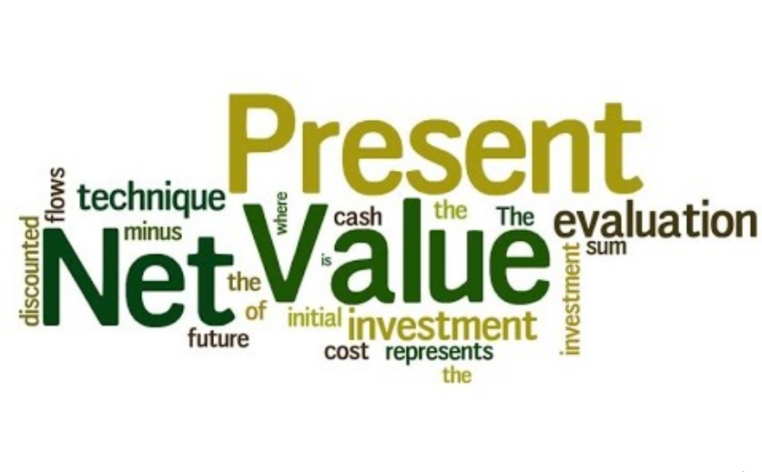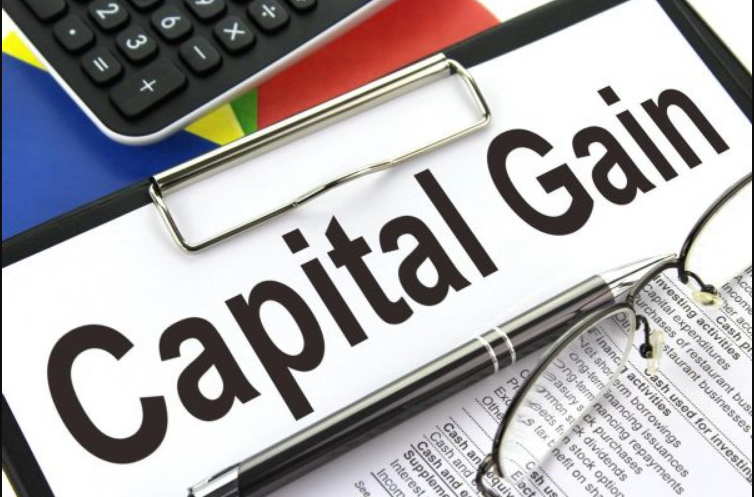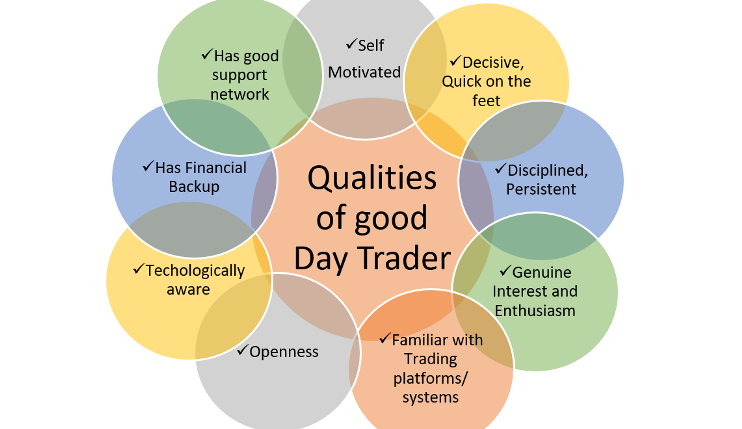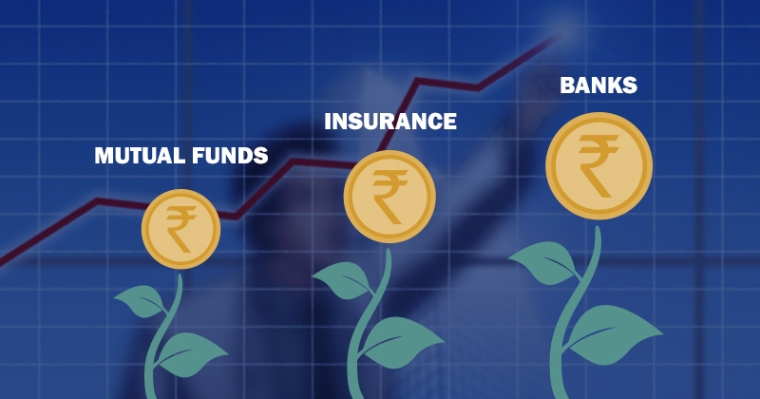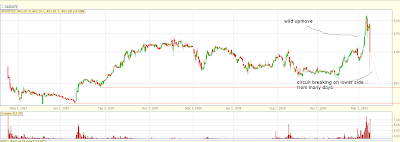This post will teach you how to take advantage of different products tax rules keeping in mind your income tax bracket. Different products can yield different post-tax returns for people in different tax bracket. FD’s return can be 7.2% post tax for you, but may be its 5.6% for me 🙁
Lets take an example to understand this post.
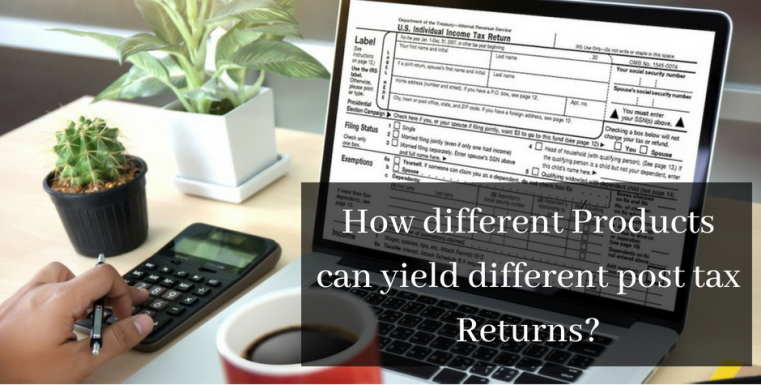
Two of my friends Ajay and Robert asked me what should they invest in for 2 year. They have Rs.1,00,000 to invest.
I recommended following products to them :
Ajay : Fixed Deposits
Robert : FMP’s ( Read what is FMP’s )
You must be wondering why did I suggest different products to them? Both have same risk-apetite, Age etc.
The answer lies in there tax bracket. The post tax returns depends on your tax bracket too. Lets see how.
Ajay Case
Ajay does not earn much, His annual income is less and he falls in 10% bracket.
Tax treatment of FD’s interest : Returns are added to your income and then its taxed as per your tax slab rate.
Now it means that tax on FD’s for him would be just 10%. Considering 8% interest.
Interest Received = 16,000
Total Tax paid = 10% of 16,000 = 1,600
Total Return = Rs 14,600
Robert Case
Robert earns well and falls in 30% tax bracket, hence FD will not be best for him, He will have to pay 30% tax on the Interest for FD.
Tax treatment for FMP’s : For Long term capital gains (more than a year), the returns from FMP’s are either taxed at 20% after Indexation or 10% without Indexation
Assumption : Lets day FMP’s provide indicative returns of 9% and lets also assume that they actually provide that return. then
Investment = Rs.1,00,000
Interest = 18,000
Interest = 10% of 18,000 = 1,800
Returns = 16,200
Note : I have not considered tax after indexation, please do it yourself. read this, Anyways it will be more than what he is paying without indexation.
Read What is Indexation Benefit ?
Why FMP’s were not better for Ajay ?
you might think that Ajay could have gone for FMP’s too. The returns are almost same and tax is also same, But you have to realise that FMP’s returns are not guaranteed ,they are just indicative.
Also FMP’s carry Default risk , then why to take extra risk, The only advantage he would have got is .5 or 1% extra returns but at the cost of the risk, which is not worth.
Why FD’s were not better for Robert?
Now this you know , obviously the tax to be paid on it would have been 30% as Robert tax bracket is 30% and hence he might have paid 30% tax on the returns from FD’s
Conclusion
So now you understand that a product can yield different post-tax returns for two people in different tax bracket
So when you do your investment planning, you must take these small details about tax, If you choose your investments considering your post-tax returns, you can make much better decisions, how ever this should come after an investment passes the 4 most important aspects of investments and GFactor basis .
I have started active blogging on my Technical analysis and options blog, I have suggested to go long in Satyam, Please read it.
– Go long in Satyam
– Detailed Analysis on Satyam
I came across a very good article called “What the IPL taught me about Investing”

